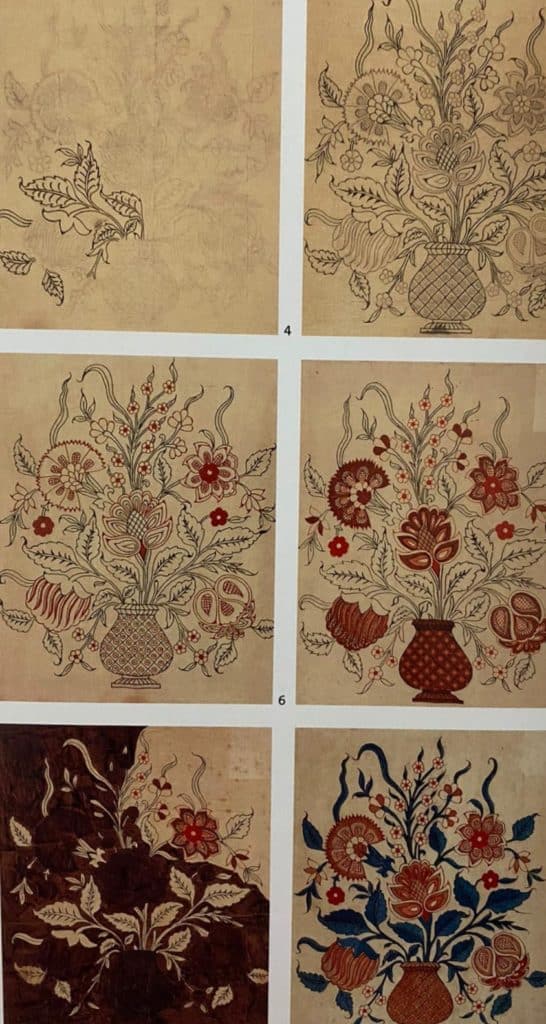
Until 520 years ago, the Europeans had known only linen and silk as compared to at least 5,000 years ago when Indian farmers had already started domesticating a species of tall tree cotton. And Indian weavers had already started weaving soft, washable, lightweight cotton that held colors well.
The start of Painted and Printed Cotton trade with Europe
By the time, the first European ships arrived in India in the 1500s. The Indian artisans’ had already for thousands of years combined skills in weaving, painting, printing, dyeing, bleaching, and glazing cotton to embellish their superior fabrics for thousands of years. Nonetheless, after the European ships returned from India with the first few samples of the lightweight, washable, gaily colored and patterned cottons, they became a fashion sensation! These cottons were a starting point for the start of the textile trade between India and West.
It is a point of wonder that ancient Indian artisans came to master and dominate the art of making colors and mordants with the use of humble natural ingredients like rusty nails, and plant parts—such as roots, seeds, and powdered leaves. The durability and vibrancy of which can be justified by looking at the thousands of years old specimens of larger than life hand painted or printed Indian cottons displayed at the best museums around the world.



